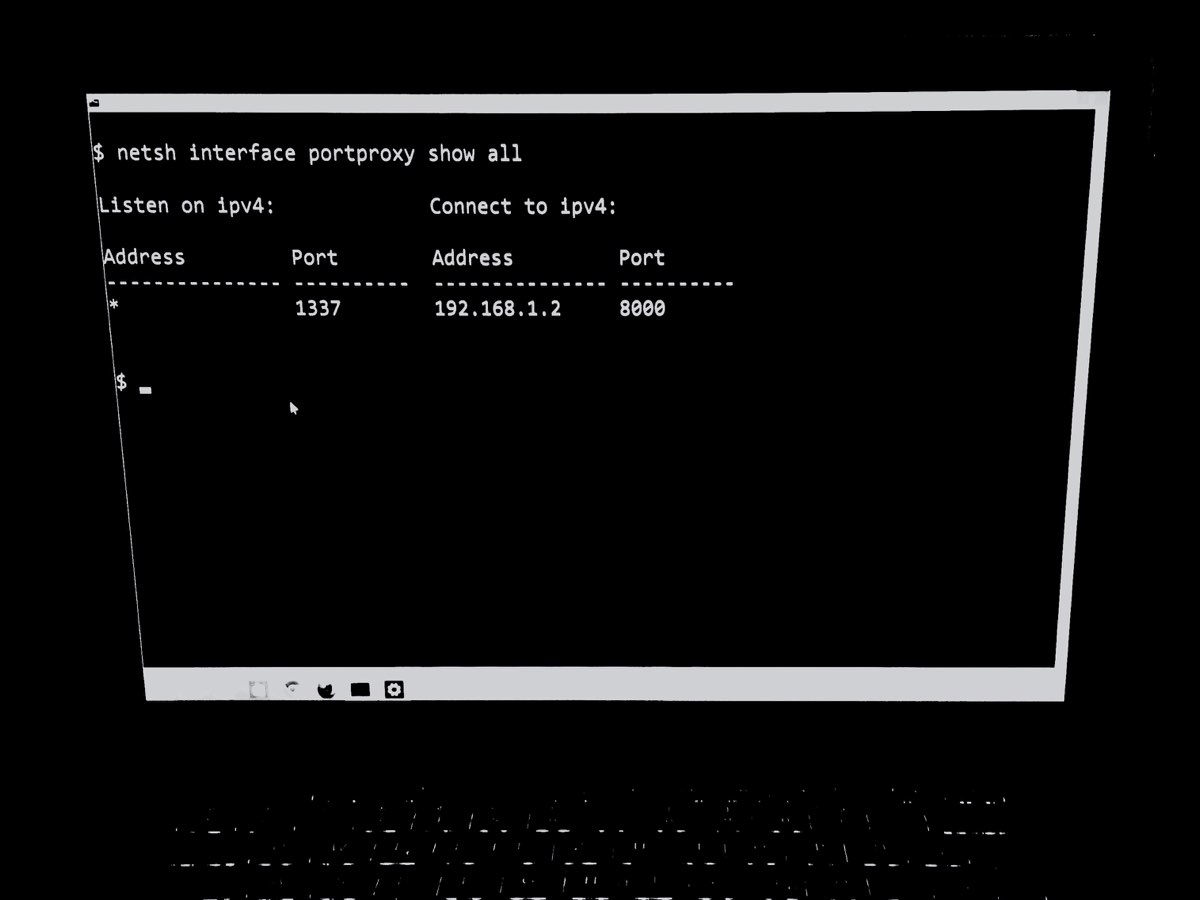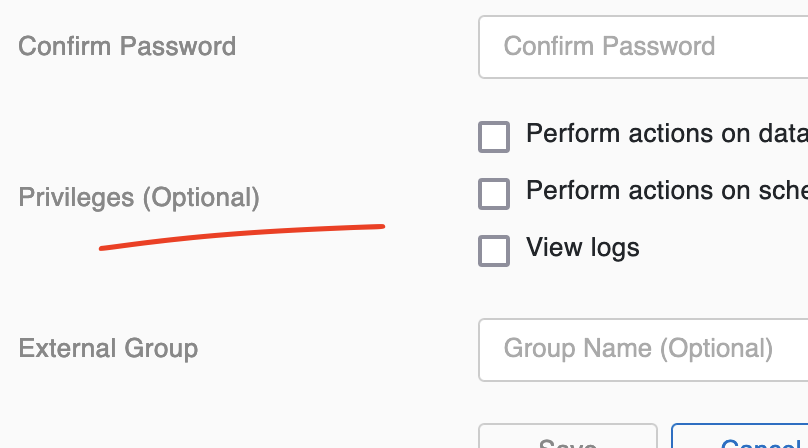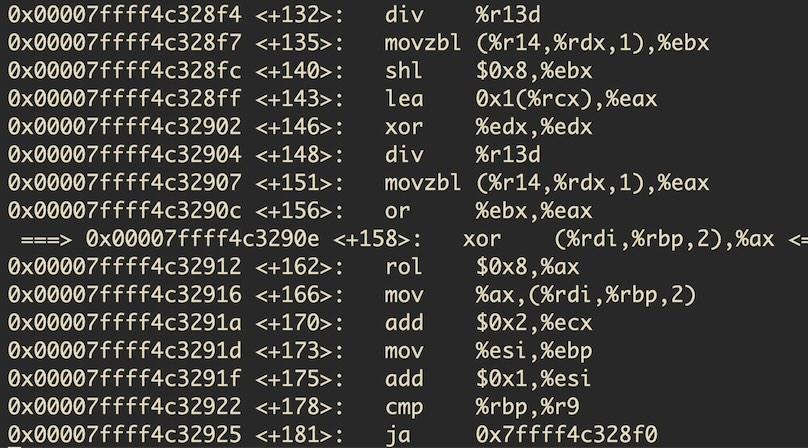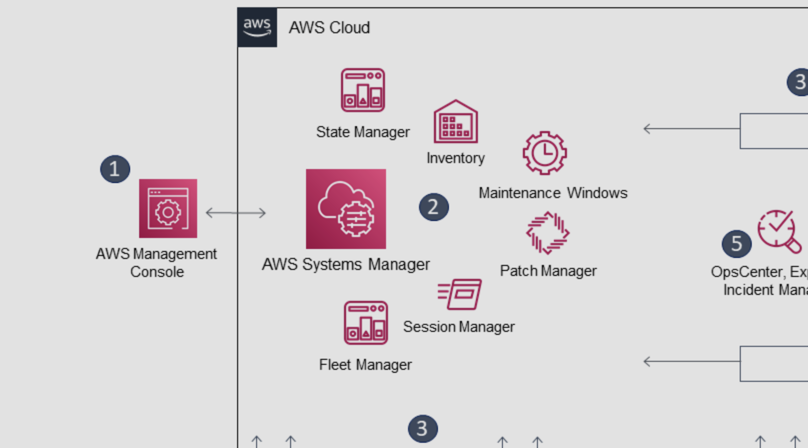Pivoting: Setting up a port proxy with netsh on Windows
TL;DR: Pivot by setting up a portproxy between your machine and a machine in another network using netsh interface portproxy add v4tov4 listenport=<port in> connectport=<port out> connectaddress=<destination>.

Let’s say machine A has access to a Windows machine, B, which has an additional interface configured to reach machines in another (internal) network, including machine C. As our machine A cannot directly talk to machine C and vice versa, what can we do to pick up files hosted on our machine A from machine C, or do further reconnaissance of C from A?
One quick and easy way is to configure a “portproxy” on machine B, which listens on a specified port and sends incoming traffic on to machine C or A (depending on the use case). Let’s have a look on how to do that for an IPv4 to IPv4 configuration.
For this example we have:
- A at 192.168.1.2
- B at 192.168.1.3 and 10.10.10.3
- C at 10.10.10.4
Setup on machine B
On machine B, execute the following:
netsh interface portproxy add v4tov4 listenport=1337 connectport=8000 connectaddress=192.168.1.2
Here, we are setting up a portproxy that will listen on port 1337 and send the received data to the connectaddress (A) on port 8000. This is done via a separate TCP connection, as you can observe via Wireshark.
Let’s verify the setting looks good with netsh interface portproxy show v4tov4.
Listen on IPv4: Connect to IPv4:
Address Port Address Port
--------------- ---------- --------------- ----------
* 1337 192.168.1.2 8000
Note that the portproxy config will be stored in the registry, so this is the place where you can detect persistent portproxies without using netsh.
Get-ItemProperty -Path HKLM:\SYSTEM\CurrentControlSet\Services\PortProxy\v4tov4\tcp
*/1337 : 192.168.1.2/8000
...
To be able to try it out, let’s poke a hole into our firewall (still on B):
netsh advfirewall firewall add rule name="Proxy all the things" dir=in action=allow protocol=TCP localport=1337
Setup on machine A for hosting
On our machine A we will now start a webserver and host a file:
python3 -m http.server 8000 in a directory with a test.txt containing Hello from A.
Fetch from machine C
On our machine C let’s write up a short download cradle to fetch and then output the file’s content from machine A:
powershell.exe -c echo (New-Object Net.WebClient).DownloadString('http://10.10.10.3:1337/test.txt')
Machine C will now reach out to B (10.10.10.3) on port 1337, which will reach out to A on port 8000 to fetch test.txt. We can see a hit from 192.168.1.3 in our Python webserver console and the results of test.txt printed on machine C.
Naturally, this also works in the other direction (A reaching C through B). Just set up the the right connectaddress and connectport.
To remove the portproxy, you can use delete v4tov4 like so:
netsh interface portproxy delete v4tov4 listenport=1337
And to remove the firewall rule again:
netsh advfirewall firewall delete rule name="Proxy all the things"
Note that you may get a deprecation warning when using netsh on modern systems. Unfortunately, I haven’t found a simple way/Cmdlet to setup a portproxy in PowerShell. Do you know how? Please let me know.





Like to comment? Feel free to send me an email or reach out on Twitter.
Did this or another article help you? If you like and can afford it, you can buy me a coffee (3 EUR) ☕️ to support me in writing more posts. In case you would like to contribute more or I helped you directly via email or coding/troubleshooting session, you can opt to give a higher amount through the following links or adjust the quantity: 50 EUR, 100 EUR, 500 EUR. All links redirect to Stripe.